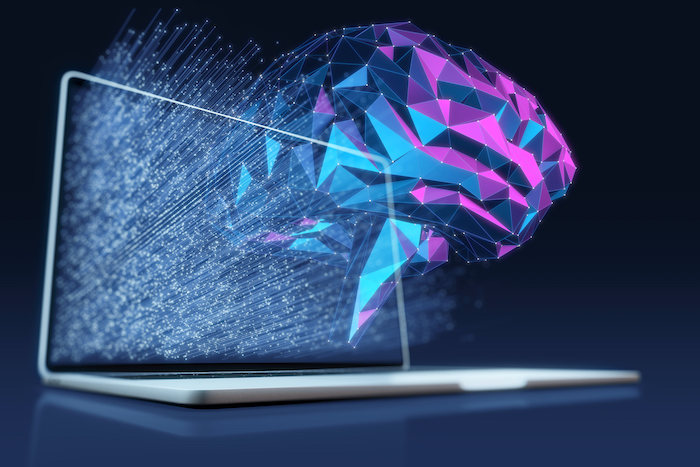Digital transformation is an ongoing task. By now, most organizations rely on digital tools for communication, tracking, analytics, and more. However, leaders must constantly identify the latest technology to keep their company running efficiently.
2025 is here, and it’s time for leaders to consider which transformations to prioritize in the coming months. Here’s what your team should focus on.
Is Digital Transformation AI Transformation?
In modern times, organizations find the term ‘digital transformation’ passe. After all, most companies are fully digitized.
What they are focusing on is an AI transformation. How can they utilize this technology to capture the most significant values and optimize productivity?
The solution involves transformational leadership, training, compliance, and a deep awareness of the latest trends.
Integrating AI in the 2025 Landscape
Organizations must understand that 2025 may change the work landscape, primarily due to a new president coming into office. Here are some that may impact your organization.
- Import tariffs which may impact pricing and supply chains
- Immigration deportation that can affect hiring practices
- Energy policy changes and the relaxation of other business regulations
- DEI initiatives may be under attack due to a more conservative government
- Ending of remote work- now that the world is well past COVID, many organizations are bringing employees back into the office
- AI Agents in SaaS Workflows: Many companies are developing AI agents that execute multiple tasks across company systems and data sources, create generative AI experiences, work autonomously, and build code
AI in Leadership
Organizations that wish to embrace AI fully must integrate it into their culture with a practical leadership approach. This involves:
- Continuously driving improvements in coding, content generation, and workflow orchestration
- Ensuring the right objectives are prioritized and that visions align with those objectives
- Validating AI accuracy
- Providing training and knowledge management
AI in leadership goes beyond continuous improvement and implementing efficient workflows and technology. Leaders must also develop a human connection to ensure processes run smoothly. They must consider that the constant introduction of new technology can cause anxiety.
Leaders can reduce this anxiety with proper communication. They must develop a system that embraces failure and encourages risk-taking. Employee autonomy is also helpful as it allows team members to be accountable for their actions and take the helm when necessary.
AI in Training
With AI constantly evolving, training must become a part of the organization’s regular workflow. Leaders must consider the following:
- When they are going to train
- How they are going to train
- How they will reorganize their staff to ensure tasks are completed while some team members are involved in training sessions
Organizations may work out efficient systems by:
- Using AI for training: Ironically, AI can be used to train employees on its systems, eliminating the need for human oversight. However, humans should always be involved to ensure information is absorbed adequately.
- Creating Dedicated Training Teams: Organizations may consider hiring a dedicated training staff or partnering with an outsourced training company to avoid taking team members away from regular duties.
- Developing a Training Schedule: Leaders may work out a training schedule that includes evening or lunchtime sessions to minimize workflow disruptions.
Compliance is Essential
Many organizations have learned the importance of compliance the hard way. AI often leads to data leakages and security issues. The technology also tends to provide inaccurate and biased information.
Companies must create a framework within their organization to ensure AI compliance. However, compliance regulations often change. They can ensure they are updated by working with legal teams, developing compliance departments dedicated to updating systems, and utilizing compliance-based software.
What is Out in 2025?
2025 means out with the old, in with the new. So, what’s out in 2025? It varies from company to company.
Organizations must look at the AI they have implemented to determine how effective it was in boosting efficiency. Unsuccessful systems should be eliminated.
For example, many companies have identified issues when moving everything to the cloud. They found cost savings could be maximized when systems are run on-premises.
Modern apps that address technology issues may also be a thing of the past. Today’s organizations prefer systems that provide more comprehensive services.
Want to learn how to ensure your systems are updated with the latest technology? Sign up for our newsletter today.



0 Comments